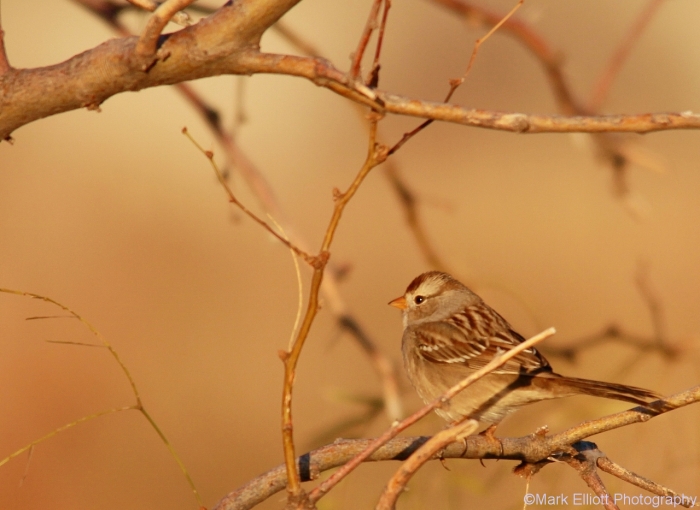The last two months have been even drier than the regular drought around here. Lake Meredith is below 29 ft and getting lower daily. The playa near Panhandle is gone as well and so birding has been a little dry lately. The dried weeds around Meredith and Palo Duro Reservoir north of us host hundreds of Sparrows and Red-winged Blackbirds. The south end of Meredith has hosted quite a few American White Pelicans over the last few weeks. I’ve also seen hundreds of Canada Geese flying over and occasionally stopping on the lake. Both Meredith and Palo Duro are stop overs for Mallards, Lesser Scaups, Common Goldeneyes, Redheads, and Pied-billed and Eared Grebes. Ring-billed Gulls by the dozens have taken up winter residence here and you can almost always see 2 or 3 Bald Eagles at either lake. Other wintering birds are Western and Eastern Meadowlarks, and Northern Harriers. Actually, I guess it has been all that bad, birding-wise. I think that last year when I was seeing these birds, it was for the first time, and so it seemed like there was a lot more going on.
A few of the birds I saw the last couple of weeks: first some sparrows, to give you an idea of how similar they are and how much trouble I have telling them apart.
Song Sparrow. Note the streaks on the breast and the dark upper bill
An immature White-crowned Sparrow. No streaks on the breast, and a yellow bill. (Thanks to Heidi from Big Bend-Texas Nature blog for help with the ID.)
American Tree Sparrow. Unstreaked breast and bi-colored bill.
Adult White-crowned Sparrow
Western Meadowlark (could be an Eastern. The only way I can tell them apart is by their song and this one wasn’t singing.)
Ladder-backed Woodpecker. There were several of these and dozens of Northern Flickers at Meredith and at Palo Duro last week.
Least Sandpipers (again, not sure of the ID.)
Greater Roadrunner
Lesser Scaup and Common Goldeneye
More in the Galleries.













Hi Mark, love the blog! I’ve been lurking for a while, but would like to add my two cents on the Field Sparrow vs. juv White-crowned discussion. Field Sparrows are tiny, thin, mouse-like birds. Overall, they feel slender and fragile. They have pink legs – bubblegum pink – and generally will have a horn/neutral/nondescript-to-pink bill. Your bird appears to be pretty stout, and bill/leg colors favor young White-crowned rather than Field. As for meadowlarks, they can be ridiculously hard, even in the hand. Apparently songs are learned and they can deceive you – I tend to ignore that, because it’s baffling – but when in flight, the amount of white vs. dark in the tail can be a good indication when it’s one extreme or another. Again, there’s overlap, but if they cooperate, it’s helpful. Thanks for the great photos and continued reports from “up north” =)
LikeLike
Thanks for the tips, sparrows will probably give me a lot of trouble for a long time yet (as will young and non-breeding shore birds, female waterfowl, warblers, flycatchers, gulls…) Mark
LikeLike